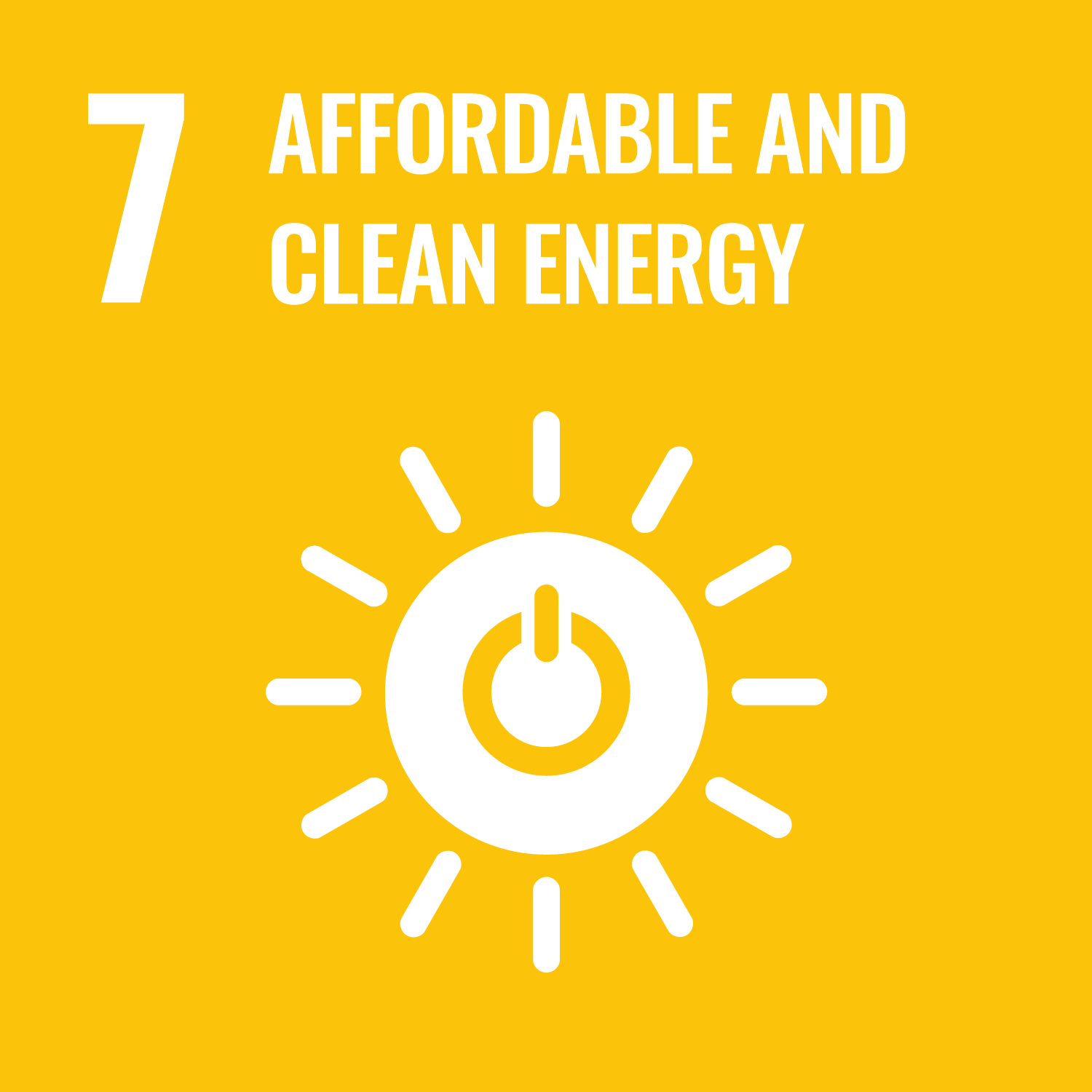Imagine electronics that stay cooler, longer, and use less energy. Or perhaps buildings that regulate temperature more efficiently, reducing heating and cooling costs. Researchers at Universiti Teknologi Malaysia (UTM) are making these possibilities closer to reality by developing advanced materials with enhanced thermal conductivity. Their innovative approach involves combining different types of carbon nanofillers – incredibly tiny structures just a few atoms wide – within a polyurethane (PU) matrix.
Polyurethane is a versatile material used in everything from furniture cushions to insulation. However, its thermal conductivity is relatively low, meaning it doesn’t transfer heat very well. To overcome this limitation, the UTM team explored the synergistic effects of mixing multi-walled carbon nanotubes (MWCNTs) and graphene nanoplatelets (GNPs). MWCNTs are like minuscule tubes of carbon, while GNPs are sheet-like structures of the same material. Previous studies have explored using these materials individually to enhance thermal conductivity, but the UTM researchers hypothesized that combining them could create an even more efficient heat transfer network.
The “what” is a hybrid polyurethane nanocomposite containing MWCNTs and GNPs. The “why” is to significantly improve thermal conductivity for applications like electronics cooling and energy-efficient building materials. The “how” involves carefully controlling the types and concentrations of GNPs, MWCNTs, and the ratios in which they are mixed within the polyurethane. Through meticulous experimentation and theoretical modeling, the team discovered a sweet spot: a small amount of hybrid nanofillers (0.25 weight percent) achieved the same thermal conductivity as three times the amount of individual nanofillers (0.75 weight percent). This synergistic effect is a major breakthrough, because it reduces the amount of expensive nanofillers needed, making the material more practical and cost-effective.
The impact of this research is potentially huge. More efficient heat transfer means electronics can run cooler and more reliably, leading to longer lifespans and improved performance. In buildings, these materials could be used to create more effective insulation, reducing energy consumption and lowering utility bills. The researchers also developed an analytical model that accurately predicts the thermal conductivity of these hybrid nanocomposites. This model will be invaluable for designing and optimizing future materials with tailored thermal properties. The next steps involve exploring different types of polyurethane and carbon nanofillers to further enhance thermal conductivity and durability. The team envisions these advanced materials playing a key role in creating a more sustainable and energy-efficient future.
DOI: https://doi.org/10.1016/j.matchemphys.2025.131186


